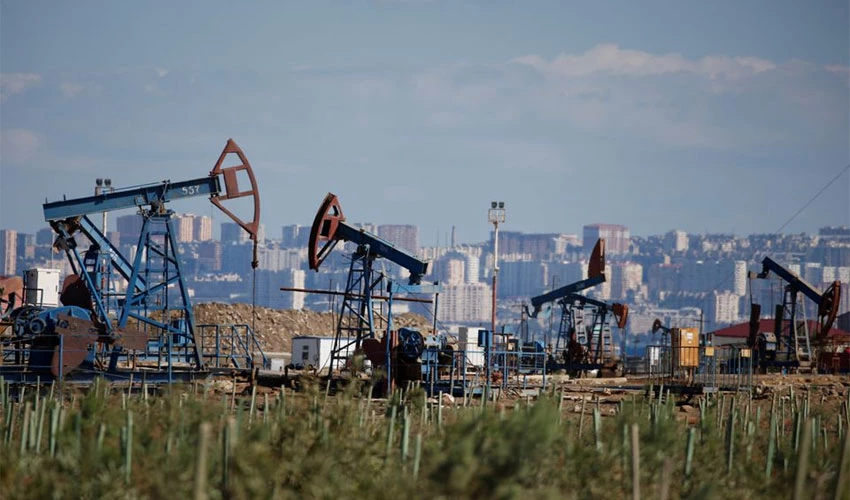Oil prices rise ahead of potential large US rate hike

NEW YORK (Reuters) - Oil prices rose on Thursday, with Brent breaking above $100 a barrel, as investors weighed tight supplies against the prospect of a large US rate hike that would stem inflation and curb crude demand.
Brent crude futures for September climbed 68 cents, or 0.7%, to $100.25 a barrel by 0400 GMT after settling below $100 for the second straight session on Wednesday.
US West Texas Intermediate crude for August delivery was at $96.85 a barrel, up 55 cents, or 0.6%, after rising 46 cents in the previous session.
Oil prices have tumbled in the past two weeks on recession concerns despite a drop in crude and refined products exports from Russia amid Western sanctions and supply disruption in Libya.
"It is all sentiment driven at the moment and that has caused most of the losses seen in oil markets over the last few weeks," said Howie Lee, an economist at Singapore's OCBC bank.
"I don't see any significant changes in oil supply fundamentals and that is probably why we still see Brent holding around the $100 level."
The US Federal Reserve is seen ramping up its battle with 40-year high inflation with a supersized 100 basis points rate hike this month after a grim inflation report showed price pressures accelerating.
The Fed rate hike is expected to follow a similar surprise move by the Bank of Canada on Wednesday.
Investors also flocked to the dollar, often seen as a safe haven asset. The dollar index hit a 20-year high on Wednesday, which makes oil purchases more expensive for non-US buyers.
Worries of COVID-19 curbs in multiple Chinese cities to rein in new cases of a highly infectious subvariant has also kept a lid on oil prices.
China's daily crude oil imports in June sank to their lowest since July 2018, as refiners anticipated lockdown measures to curb demand, customs data showed on Wednesday.
Meanwhile, US President Joe Biden will on Friday fly to Saudi Arabia, where he will attend a summit of Gulf allies and call for those allies to pump more oil.
However, spare capacity at the Organization of the Petroleum Exporting Countries is running low with most of the producers pumping at maximum capacity and doubt exists as to how much extra Saudi Arabia can bring into the market quickly.
Data from the US Energy Information Administration also point to slackening demand with product supplied slumping to 18.7 million barrels per day, its lowest since June 2021. Crude inventories rose, bolstered by another big release from strategic reserves.
"We had always expected demand to struggle in the wake of sky-high product prices," said Caroline Bain, chief commodities economist at Capital Economics in a note.
"But the size of the weekly drop suggests that it may be a one-off and may, at least partially, reverse in the coming weeks," Bain added.







